Gamma Knife Surgery
What is Gamma Knife Radiosurgery?
Gamma Knife radio-surgery is a radiation treatment used to treat brain tumours, vascular malformations, and other abnormalities. Because there is no incision, this radio-surgery, is not surgery in the classic sense. Instead, Gamma Knife radio-surgery employs specialised equipment to precisely concentrate around 200 small beams of radiation on a tumour or other target.
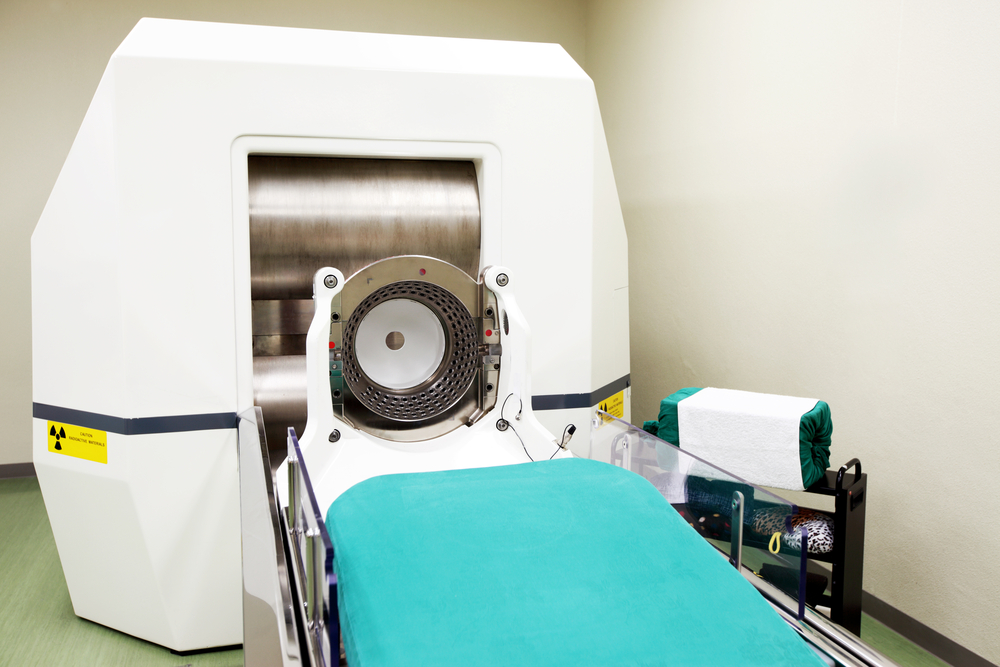
Despite the fact that each beam has relatively little effect on the brain tissue it passes through, a large dosage of radiation is given to the point where all the beams combine. Because of the accuracy of brain stereotactic radio-surgery, just a little amount of radiation is delivered to healthy tissues. These tissues can be found surrounding the target. Gamma Knife radio-surgery is often a one-time treatment that is finished in a single day.
Perfexion – Latest Gamma Knife Technology:
Elekta, the Gamma Knife’s maker, released Perfexion, the next version of Gamma Knife radiosurgery. Perfexion is specifically designed for the treatment of brain, neck, and upper spine tumours. It is the world’s first completely automated technology that makes use of a cobalt-60 source. Perfexion has several advantages over earlier Gamma Knife devices.
The following are some of the advantages of using this technique:
Perfexion is solely dedicated to the treatment of brain diseases. But also involves the neck and upper region of the spinal cord. The Gamma Knife is not intended for use on other bodily parts. Perfexion has far more accuracy and precision. The process requires no surgical incisions or anaesthesia. The treatment is completed in a single session. Perfexion enables the patient to resume regular activities within 24 to 72 hours.
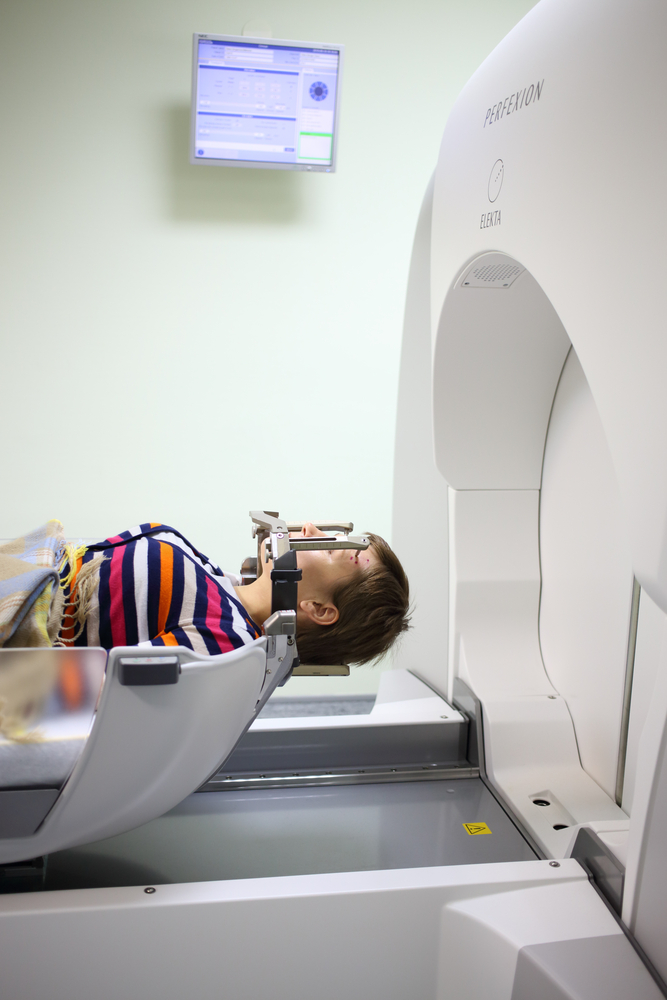
How does the surgery work?
This treatment requires a team of neurological surgeons and radiation oncologists. It also includes radiologists, medical physicist, computer specialist, and physician assistants. The surgery is conducted in the following steps:
- Frame fixation: A custom-made stereotactic face mask is fitted securely around the head of the patient. This face mask is made depending on the size of the tumour and its location. This is done to hold the head in a still position to get the scans with precision.
- Diagnostic imaging: The patient undergoes imaging scans such as an MRI and CT scan. These scans help the doctor to locate the abnormality in the brain with accuracy.
- Computerised treatment planning: The treatment is designed with the help of a three-dimensional software. This helps hit the exact contours of the tumours. Also provides with effective dosing of the radiation.
- Radiation delivery: The patient’s head is held still while several sources of small radiations are focused on it simultaneously. The procedure takes 30 minutes to 60 minutes depending on the number of the targets.
What can Gamma Knife Radio-surgery treat?
Scientifically shown, the radio-surgery treats specific brain diseases non-invasively. It is useful for treating tumours with target sizes. These range from a few millimetres to several centimetres. The Gamma Knife procedure addresses the following problems:
- Meningiomas: It is a type of benign tumour that is most frequently treated. Stereotactic radio-surgery is found to be the most successful procedure for the eradication of meningiomas.
- Glioblastomas: Gamma Knife radio-surgery has been successfully used for this. It helps prolong the median survival of tumour recurrence by 8 to 12 months on an average.
- Craniopharyngiomas: This radio-surgery has proved to be beneficial for patients suffering from craniopharyngiomas. Also for those who have failed to receive any benefits from other conventional therapies. It helps increase survival rates.
- Astrocytomas: Radio-surgery helps effectively treat low-grade astrocytomas. A patient with astrocytoma can expect himself or herself to be treated completely with the help of this surgery.
- Oligodendrogliomas: Minimally invasive Gamma Knife surgery helps successfully treat residual or recurrent oligodendrogliomas.
- Hemangioblastomas: Gamma Knife treatment has significantly enhanced the rate of tumour control in patients with hemangioblastoma. Following this procedure, neurologic functions are also preserved to a greater extent in these patients .
- Metastatic Brain Tumours: Successfully utilised by neurosurgeons, the radio-surgery treats metastatic brain lesions and cancers. This technique, which has a success record of more than 90%, expunges lesions developing from primary tumours of the kidney, skin, breast, uterus, colon, or other organs in the brain. Gamma Knife effectively treats many additional medical diseases, including trigeminal neuralgia, arteriovenous malformations, cavernous angiomas, Parkinson’s disease, and medically intractable epilepsy.
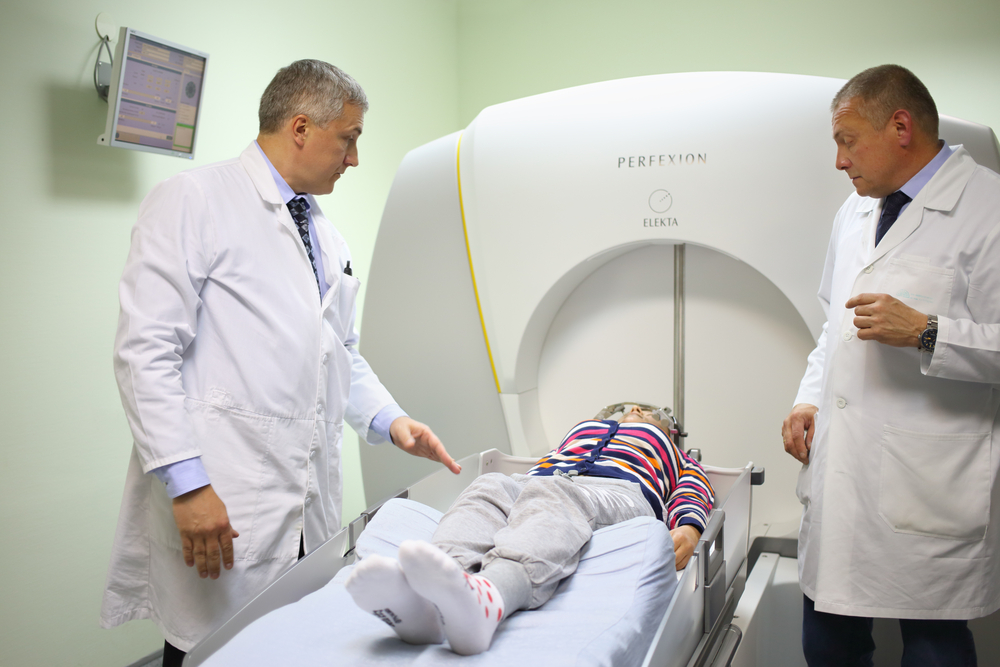
Recovery after Gamma Knife Surgery:
One of the advantages of the surgery, is that within a few hours, you may go home. Following your treatment, you may experience a mild headache and/or nausea immediately. But, it should resolve within a couple of days. If necessary, medication can relieve it. You could also feel a little weary than normal. Most patients, however, may resume their regular activities, including work, within a day or two.

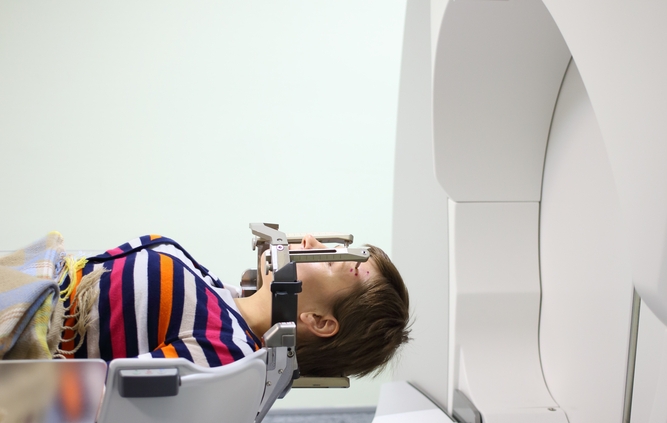

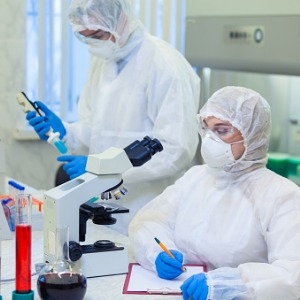



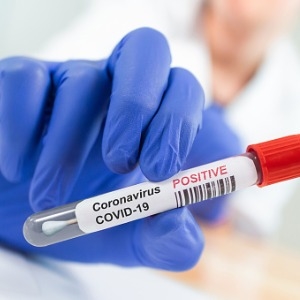








Leave a Reply
Want to join the discussion?Feel free to contribute!